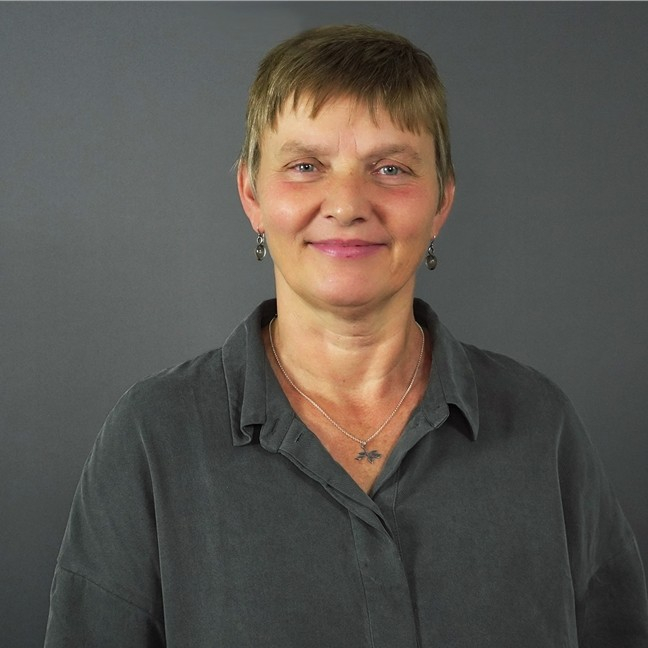Publikasjonsdetaljer
- Arrangement: (København)
- År: 2018
- Arrangør: EAGE
Lithology and fluid prediction from seismic data is traditionally done in two steps; first an inversion of the seismic data to elastic parameters, and subsequently a prediction of lithology and fluid based on a rock physics model linking the elastic parameters to individual lithology and fluid combinations. Recently, a number of inversion algorithms have been developed that, based on Bayesian statistical methodology, estimate the probability of lithology and fluid directly from seismic data.
In this paper we compare the performance of two state-of-the-art Bayesian inversion algorithms on a real data set from the Volund field in the North Sea. The first algorithm follows the traditional two-step approach and cannot take into account the stratigraphic ordering of lithology and fluid. The second algorithm, referred to as one-step, evaluates possible lithology and fluid combinations within a vertical window around each inversion point enabling correct stratigraphic ordering.
We find that the one-step inversion resolves more details and honours the data more strongly than the two-step approach. The latter is more prone to return the prior model if information in the seismic data is not sufficiently strong. Both models detect hydrocarbon filled sand injectites that are typical for the field.

